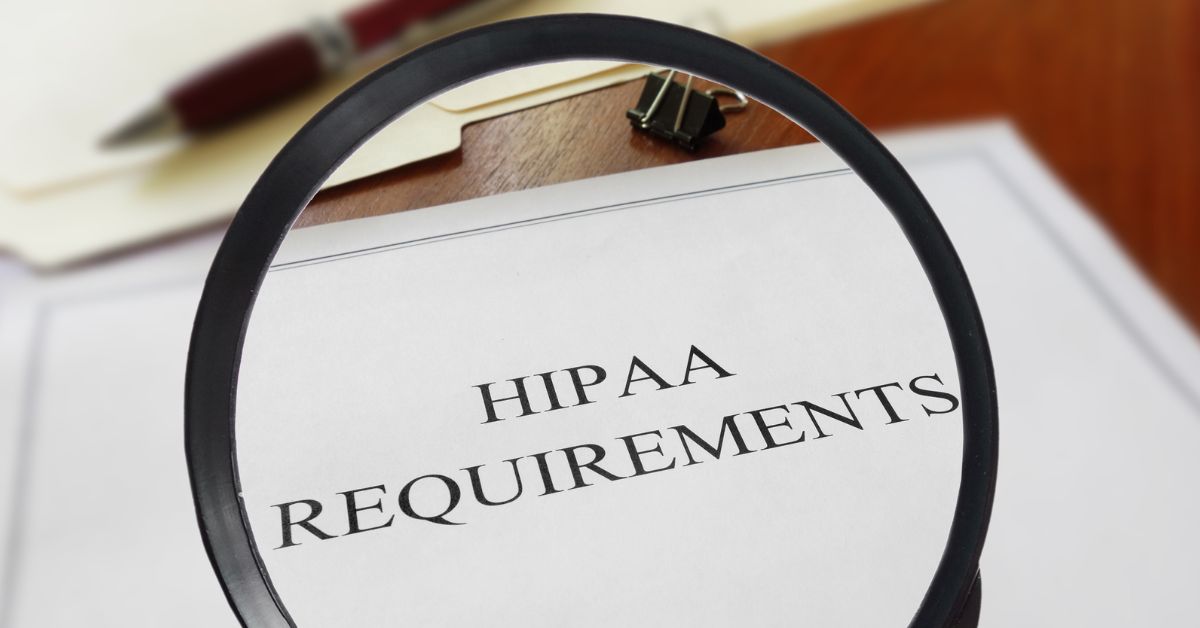As legal professionals, you can sometimes get used to how incredibly stressful legal troubles are and forget that your clients are experiencing it personally every time. To them, every step in the process is a terrifying mystery. This is particularly true when it comes to lawsuits and the practice of formally filing things with the court.
These days, eFiling can allow your customers to be kept in the legal loop better than ever before. And if you blend good, old-fashioned customer service with these technologies, two amazing things can happen:
- Clients will experience less stress about the progress of their lawsuit.
- You and your colleagues will be operating in the most efficient manner possible.
Here are some top client management tips for improving your firm’s eFiling process:
#1: Explore integrated systems
Each set of case, practice, and client management software tools comes with its own benefits. One of the critical services that many people overlook or are unaware of, however, is integration with reputable eFiling services. The opportunities that arise with seamless integration between these two systems are immense when it comes to keeping information and documents updated and most recent status easy to find.
#2: Stay mindful of the rules
ABA Model Rule of Professional Conduct 1.4 recognizes that “reasonable communication between the lawyer and the client is necessary for the client effectively to participate in the representation.” Of course, the word “reasonable” is open to all sorts of interpretation. It’s important to find the right balance of communication on filings outside of your team, also provide your client with an open invitation to contact you with questions anytime they receive one of these automated notifications.
#3: Make sure your staff understands the process
Of course, the best software systems in the world are rendered utterly useless without proper training. Your staff needs to not only know and trust your eFiling software, they need to know what the notifications your client receives will look like. Imagine if your client called with a question about an eFiling notification and your staff had no idea what they were talking about. You’ve just turned your “helpful” software products into a liability.
#4: Use the systems you’re paying for
Have you ever had that boss who gets super excited about a new software implementation but then loses steam once it is installed and proves to be slightly difficult to use? Many times, this scenario results in your brand-new system sitting idle while the firm reverts to outdated technology. Don’t let this happen in your firm. If nothing else, appoint one person to be responsible for understanding the new system and helping others in the office with its implementation.
#5: Set realistic expectations for clients
Understandably, legal clients have certain expectations about their case, as well as their ability to communicate with your firm as the matter progresses. Keep in mind that as your firm adjusts to your new eFiling system, your clients are also adjusting. No matter how efficient your firm is normally, this is going to require some adjustments. Thus, while it’s important to communicate your excitement about the new, state-of-the-art system to your clients, it’s also wise to remind them that the implementation/learning curve may take a few weeks. This way, if a snafu does arise in the early days, your clients will be prepared for it.
#6: Make your clients a part of the change
It isn’t very often that legal clients get to feel empowered. As you switch over to a new eFiling software, remember that their input matters. Using eFiling tools creates many more opportunities and points of engagement between your firm and your clients. You can also garner feedback to help with improvements. Communicate with your clients about their frustrations with your current system and be open to hearing their ideas for what a perfect system would be like from their perspective.
#7: Create filing explanations
Part of the reason your firm is implementing an integrated eFiling system is to lessen the amount of time your team needs to spend communicating with clients about filings. Just because they’ve received an automated message about a filing, however, doesn’t mean they understand what’s happening in their case. Why not create a lawsuit cheat sheet that they can refer to before they call with questions?
#8: Talk to your clients about the benefits of eFiling
No matter how convenient technology becomes, some clients remain leery of electronic filing practices. They worry about systems breaking down and filing deadlines being missed. That’s understandable. Take the time to walk them through the benefits and efficiencies of eFiling. That way, when an automated message comes up regarding a filing, they’ll rest assured knowing that it really does signal that progress has been made in their case.
With a thoughtful transfer to an integrated eFiling system, your firm will be able to build its integrity and reliability with clients while lessening the amount of time your staff takes dealing with non-billable tasks related to court filings. As with anything in the law, however, successful eFiling software implementation will take planning, training, thorough implementation, and effective communication. Just remember, time spent on those items will lead to countless hours of saved time in the future.








